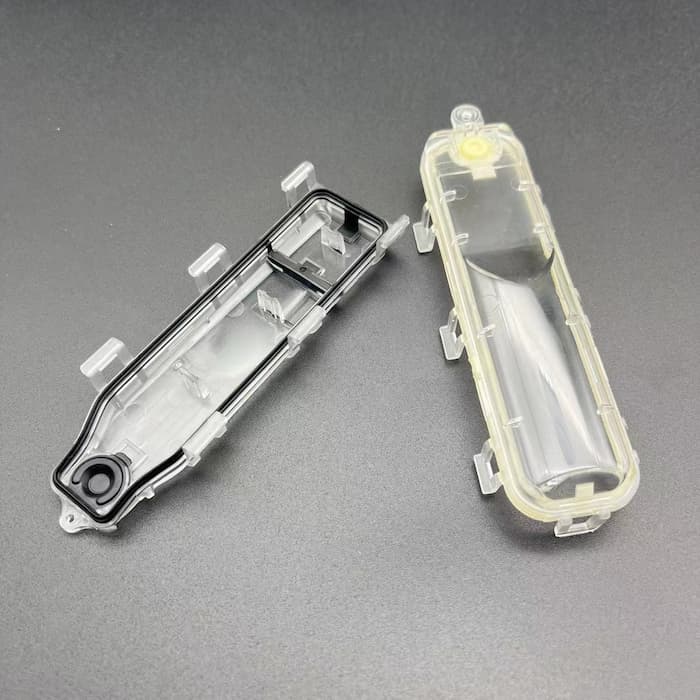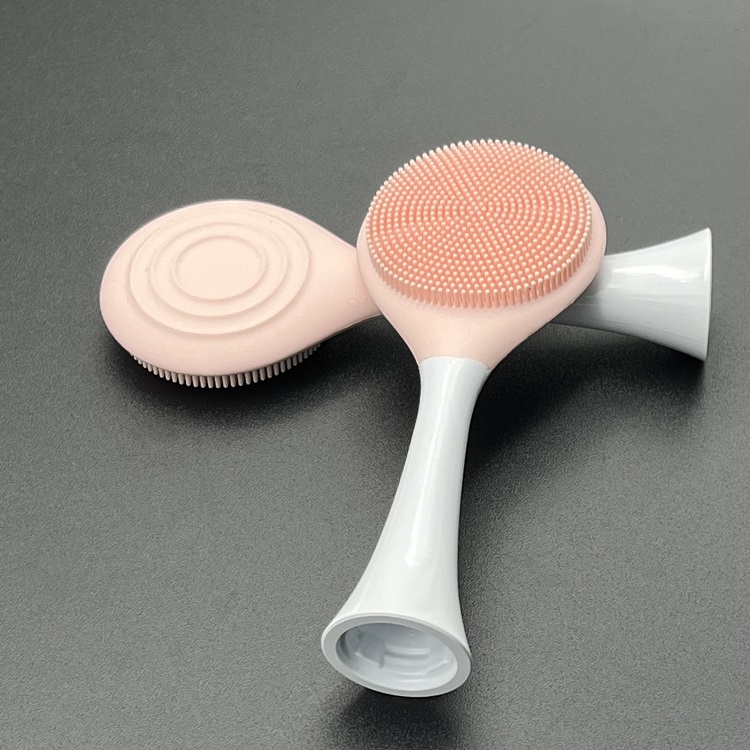IV. What Factors May Affect Compression Sets?
Several factors can influence the compression set of a material. These factors include:
4.1. Material Composition:
The composition of the material, including the type of polymer, filler materials, cross-linking agents, and additives, can significantly affect its compression set properties. Different polymers and additives have varying levels of elasticity, resilience, and resistance to permanent deformation.
4.2. Temperature:
Temperature plays a crucial role in the compression set behavior of materials. Elevated temperatures can accelerate the relaxation process, leading to increased deformation and higher compression set values. Conversely, lower temperatures may slow down recovery and increase the material’s stiffness, affecting its ability to recover from compression.
4.3. Compression Duration:
The duration of compression, or the time that the material is subjected to a compressive load, can impact its compression set. Longer compression times typically result in greater permanent deformation as the material may undergo more extensive relaxation and creep processes.
4.4. Compression Stress/Pressure:
The magnitude of the compressive stress or pressure applied to the material can influence its compression set behavior. Higher stress levels may cause greater deformation and lead to higher compression set values, especially if the material approaches its elastic limit or undergoes plastic deformation.
4.5. Environmental Factors:
Environmental conditions such as humidity, exposure to chemicals, UV radiation, and other environmental factors can affect the material’s compression set properties. Certain environmental conditions may accelerate degradation or alter the material’s mechanical properties, leading to changes in compression set behavior over time.
4.6. Material Age and History:
The age and history of the material, including any prior deformation or exposure to compression, can impact its compression set performance. Materials that have undergone repeated compression cycles or prolonged use may exhibit higher compression set values due to accumulated damage or fatigue.
4.7. Processing Conditions:
The processing conditions used during manufacturing, such as curing temperature, pressure, and time, can affect the material’s microstructure and mechanical properties, including its compression set behavior. Variations in processing conditions can lead to differences in material performance and compression set resistance.
4.8. Filler Type and Loading:
The type and loading level of fillers added to the material, such as carbon black, silica, or other reinforcing agents, can influence its compression set properties. Fillers can improve stiffness, strength, and wear resistance but may also affect the material’s ability to recover from compression.
By considering these factors and conducting comprehensive testing under relevant conditions, manufacturers and researchers can better understand and optimize the compression set performance of materials for specific applications.







